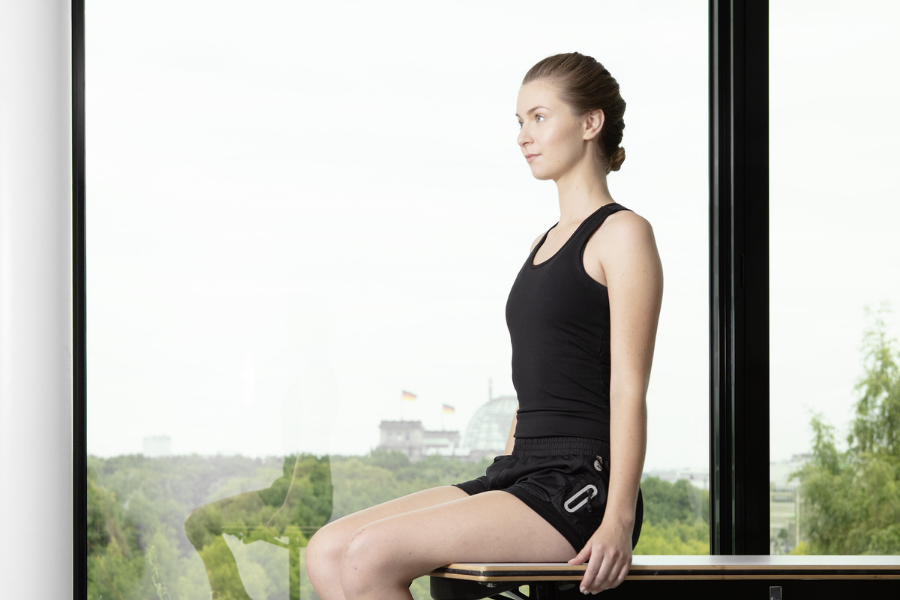How do you prepare for a leg amputation?
Have you been aware of the need for a leg amputation for some time now? Or did you just find out? Chances are you are trying to prepare as best as possible – both mentally, by talking about it with others, and physically. This article takes a closer look at the physical preparations for an amputation. How do you make your body strong enough to undergo this operation – and come out on the other side equally as strong?
Whether you will be using a wheelchair or prosthesis, it is important that your body – and especially your muscles – are strong enough to support you after your amputation. There are various exercises that you can start doing before the operation. These let you train your muscles and get used to sitting in a wheelchair on a regular basis. We provide two tips for exercises that (almost) anyone can do to prepare for an amputation.
Muscle strengthening for support
To move around more easily, it is important that your muscles are as strong as possible. This will let you support yourself sufficiently after your operation. So, start learning how to get from your wheelchair to your bed, the bathroom or the car. You’ll notice that the more often you do it, the easier it will become.
1. Practice a good sitting position
It is important to start practicing a good sitting position before your operation. Make sure you are always sitting up straight, preferably on a chair without a backrest – if possible. This will activate your core muscles. These muscles are engaged when you walk with a (lower) leg prosthesis, as well as help you carry your body, making it essential to train these muscles.
2. Simple movement exercises
You can strengthen your muscles with simple movement exercises and strength training. For example, moving your leg up and down slowly. It is important to strengthen your muscles and stretch your body in order to prevent contractures. A contracture is the shortening of a muscle, tendon or joint capsule that limits you in your freedom of movement. Strengthening and training your (leg) muscles before your operation is also important to be able to stand on your ‘good’ leg and to put weight on it as quickly as possible. This will let you move faster and more easily without experiencing swelling.
Ask for advice
Obviously, the types of exercises you can do depend on your situation – including whether or not you can do any exercises at all. Which exercises are important in your specific situation is individual. So, it is important to ask your doctor or physical therapist for advice on the best exercises for you personally. Your physical therapist or doctor will help you determine the types of exercises you can already start doing.
Want more examples of specific types of exercises? Use the (free) app Fitness for Amputees!
